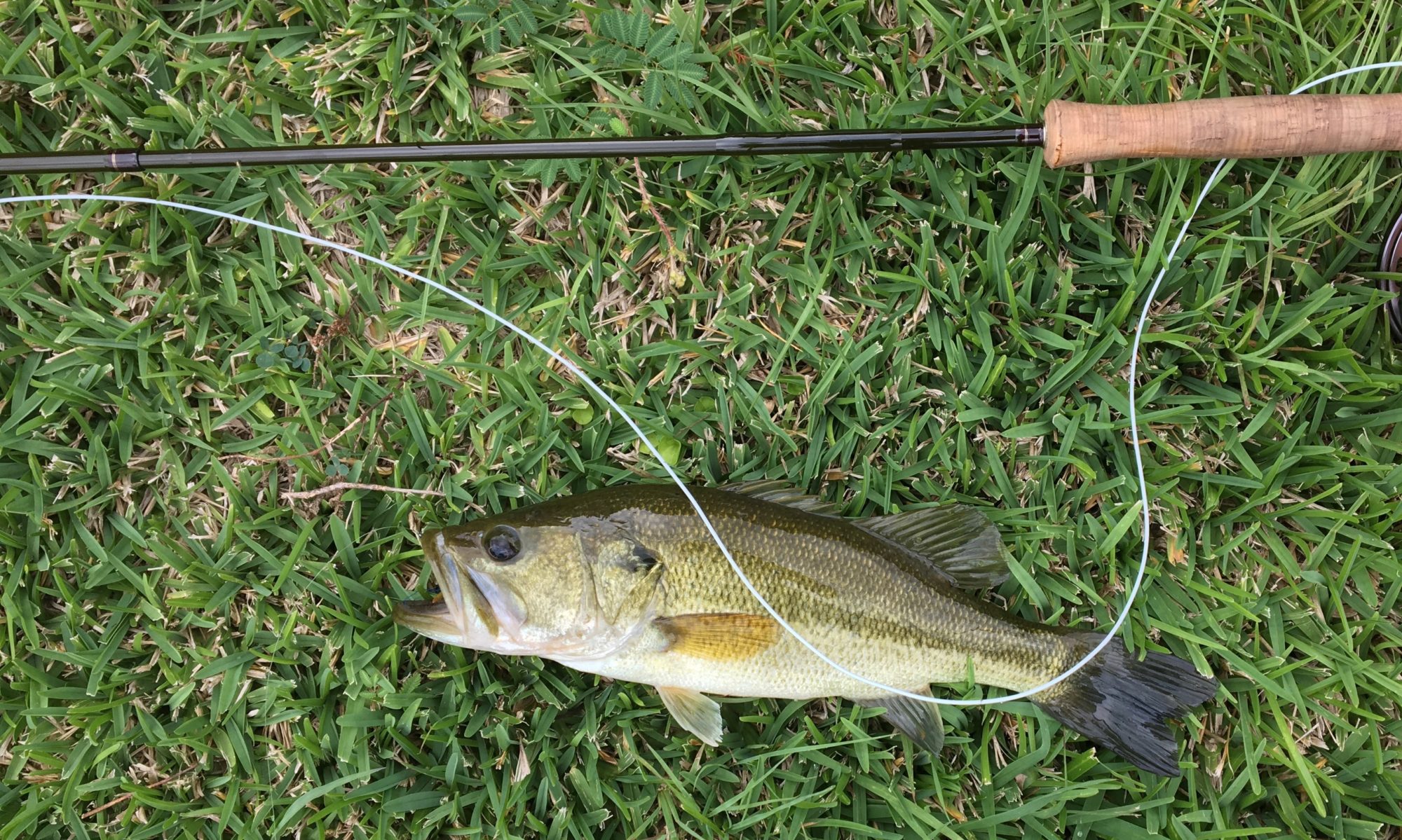
Saturday and Sunday we fish with Abe Downs in Stevens Point, Wisconsin. I have to be in Chicago, and we’re driving north Friday evening. I’ve seemingly given Wisconsin short-shrift. Oregon and steelhead have taken so much attention that in some ways I have, but I’ll be damned if I’ll read Little House in the Woods.
We’re fishing for muskie, which is probably a mistake. Muskie is the new glamour girl of the fly fishing world. They are big, which is always appealing, and they’re apparently hard to catch–one hears ad nauseam that they are the fish of 10,000 casts. Steelhead, which are ridiculously hard to catch, are only the fish of 1,000 casts. I guess if I’ve given Wisconsin too short of a shrift, and if I don’t catch anything, I’ll get to go back. It’s kismet.

For a glamour girl muskellunge surely are ugly. They are ambush predators, lurking and attacking with short bursts. They eat big stuff, and a big muskie will eat fish more than half their length. They also eat ducks and muskrats. Muskie flies are big and expensive, flies on the internet can cost $15 apiece, and apparently 10 weights are the rod of choice, in part for the fish and in part for the flies. We’ll be using whatever Abe brings. He’s told us to bring waders, and boots without studs, but I think it’s for warmth, not wading.

IGFA records the world record all-tackle muskie, caught in Hayward, Wisconsin, in 1949, at 67 lbs 8 oz, and slightly longer than five feet. Hayward, Wisconsin (home of the National Freshwater Fishing Hall of Fame and a 143′ long giant muskie) has been banking off that fish ever since.
Muskie average about 30″, and are the largest of the pike family. They remind me of gar or barracuda, which are also sharp-toothed, long-snouted lurkers. The difference, at least for barracuda, is that barracuda are reportedly fun to catch. Muskie apparently give up pretty quick.

Muskie are North American, but east of the Mississippi have a pretty broad range, from Georgia to southern Canada. They’re concentrated in the upper Midwest, particularly northern Wisconsin, Michigan, and Minnesota. In Wisconsin they seem to be the right color of fish. They spawn in the spring in the shallow area of lakes, but don’t nest. Their spawning consists of a hooked-up lakeside stroll distributing milt and roe hither and yon, wherever it may land on sand or rock, but preferably not mud or silt. The males do a lot of tail-slashing, either to spread the fertilized eggs or because they’re guys. Eggs hatch in about two weeks. Juveniles grow to about a foot their first year.
Muskies otherwise live in slower rivers or river backwaters. They prefer clear-water lakes. For such an ugly fish they are surprisingly sensitive environmentally, particularly to over-fishing.
As for Wisconsin I have been twice before. Once after college I drove late at night from Chicago to Minneapolis on US 90 and 94, and remember huge fiberglass animals, a Holstein and a dinosaur, looming up from roadside attractions. I don’t remember a giant fiberglass muskie, but apparently giant fiberglass animals are quite the thing in Wisconsin.
The second time I drove from Chicago to Milwaukee to see the Astros play the Brewers at Miller Field. It was an uneventful meaningless end-of-the-season baseball game. The Astros won, there was good beer and sausage, and there were people wearing cheeseheads, not many but some. I think they got their sports confused.
Traditionally Muskie haven’t been a fly fishing target. There’s even a series of Wisconsin mystery novels, the Loon Lake Mysteries by Victoria Houston, where the heroine fly fishes for trout and the hero fishes gear for Muskie. Now though on YouTube muskellunge are all the rage for fly fishers, mostly by young guys with trucker hats and beards. I didn’t get through enough of the Loon Lake Mysteries to know whether the loss of tension, muskie versus trout, gear fishing versus fly fishing, damaged the novels. Hope not. They couldn’t take much damage.

























